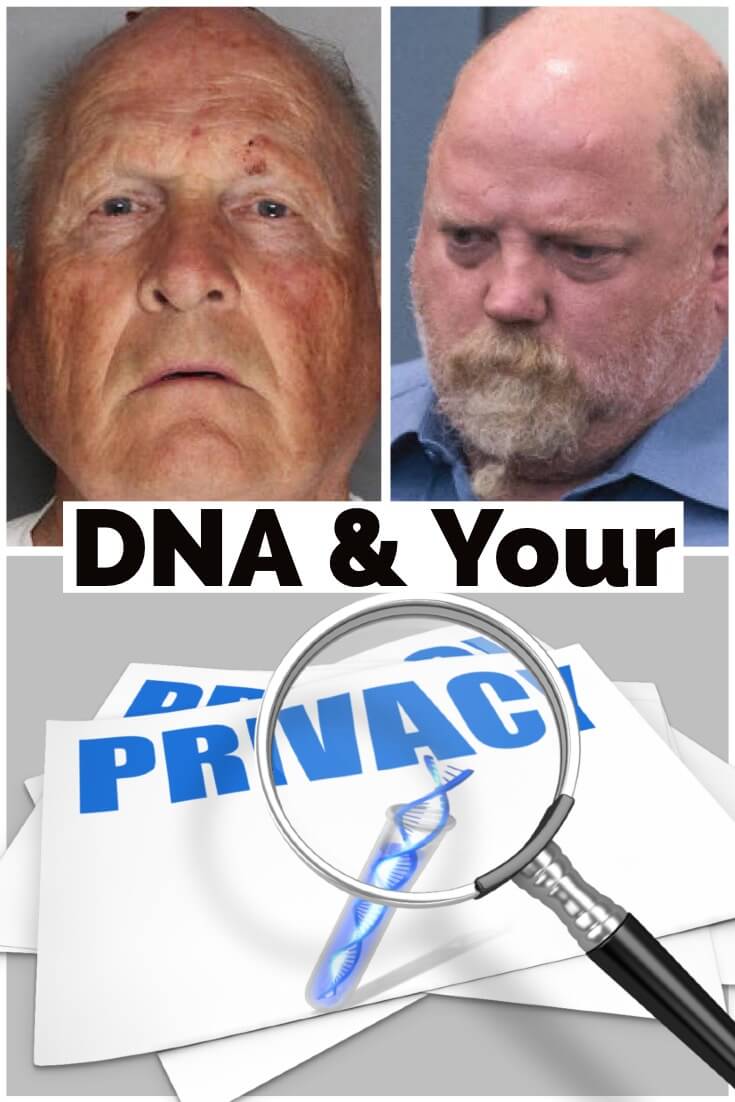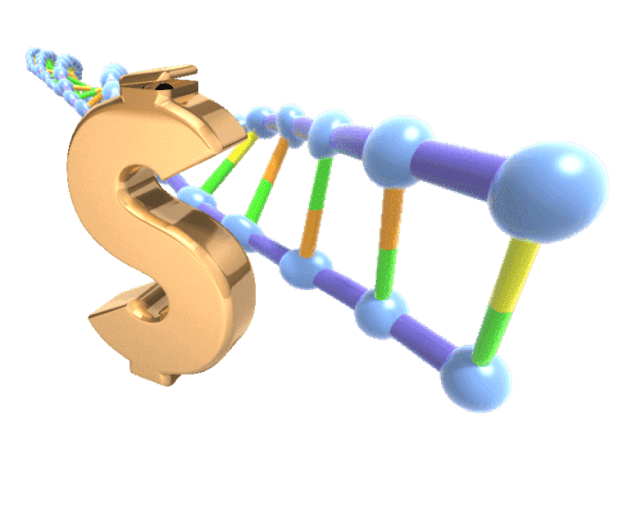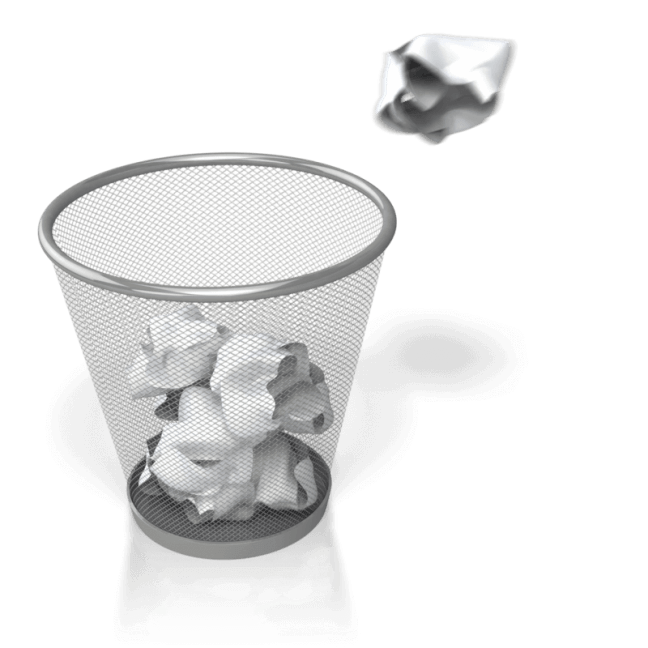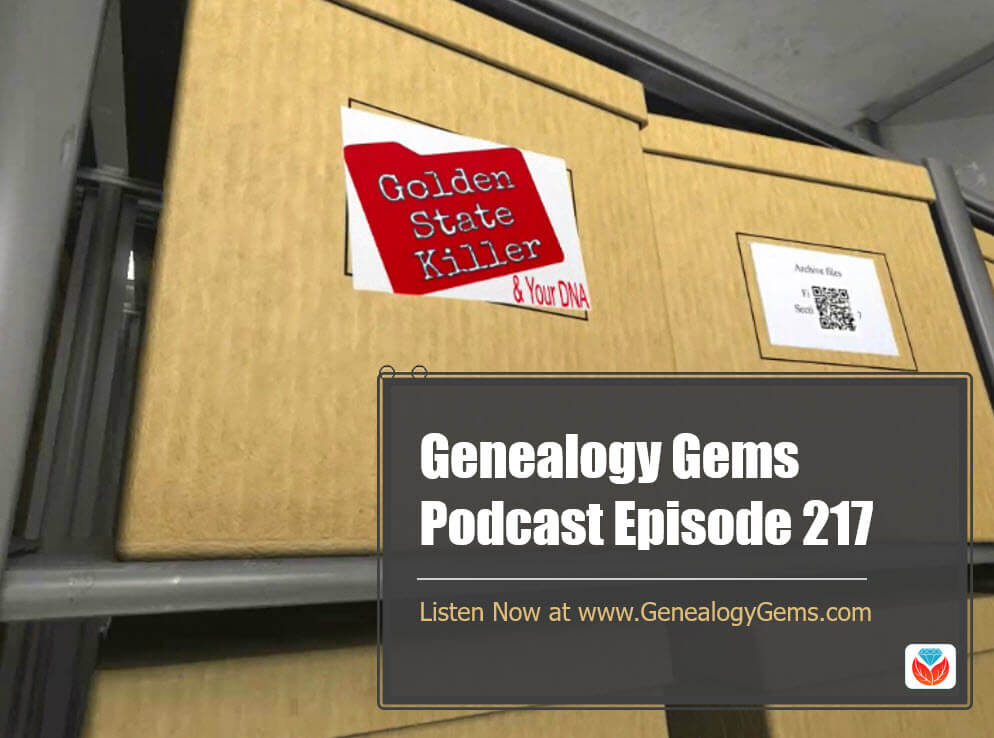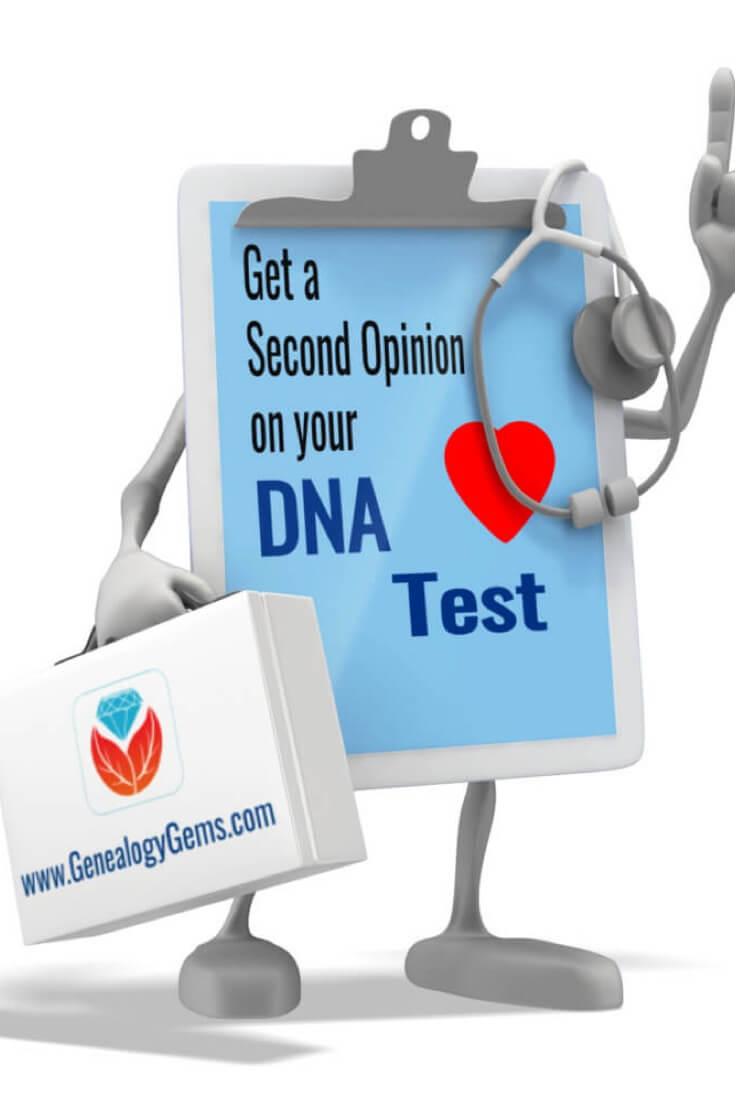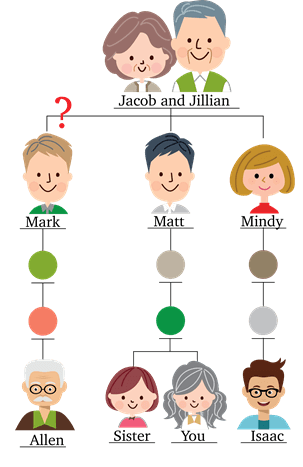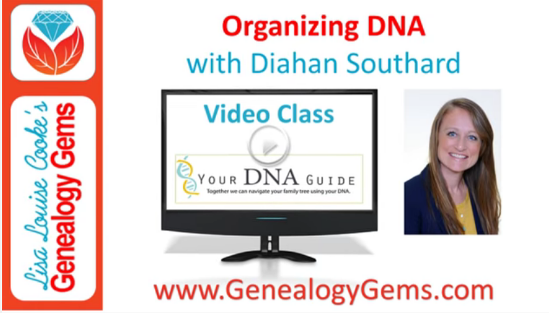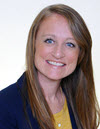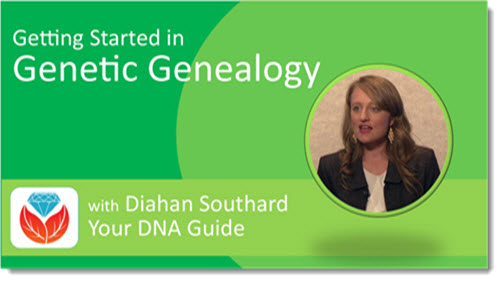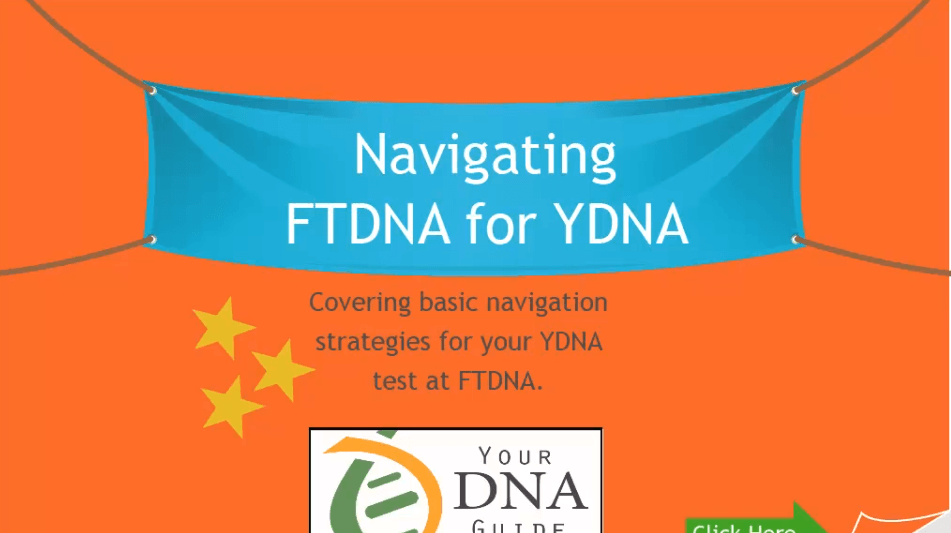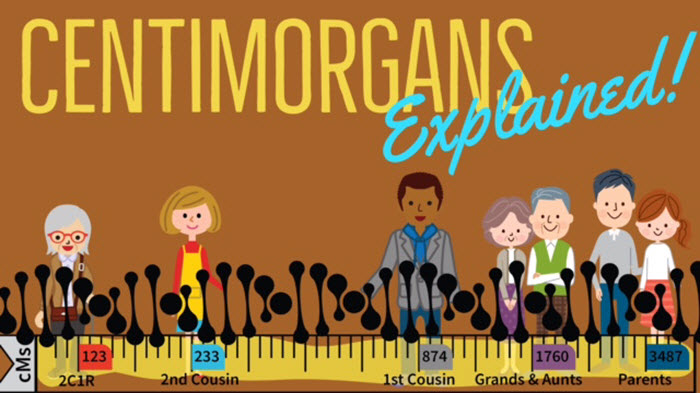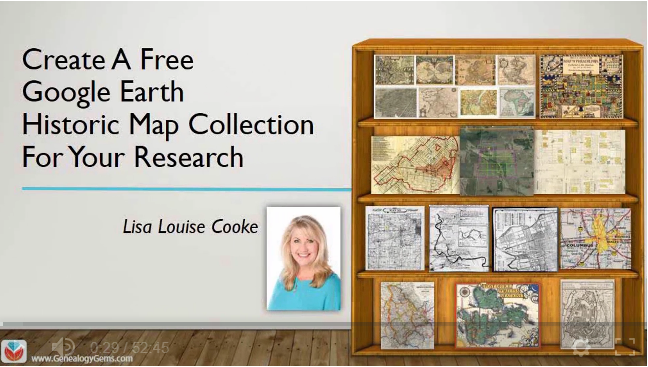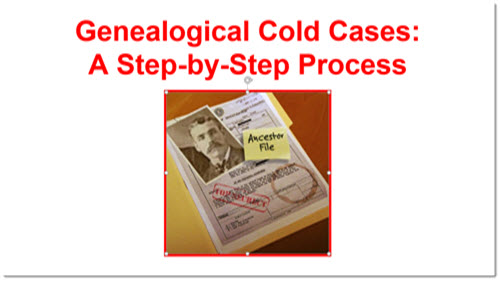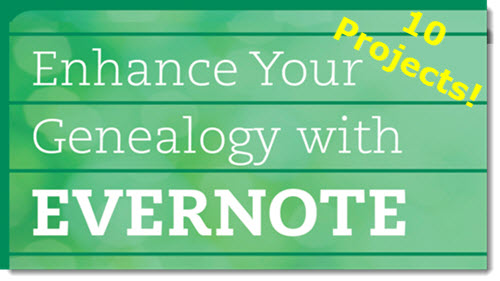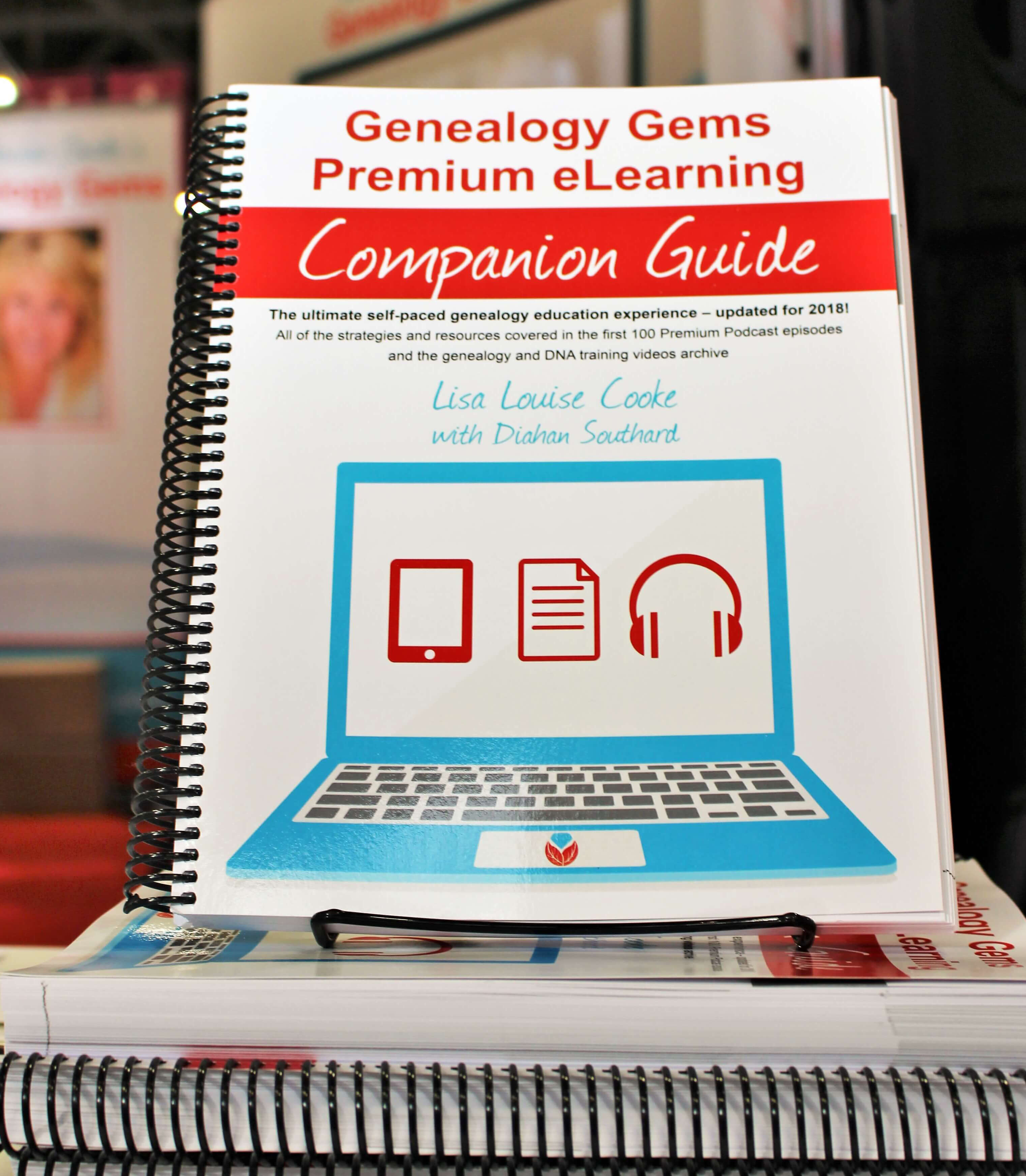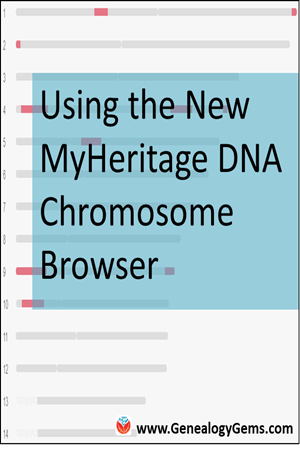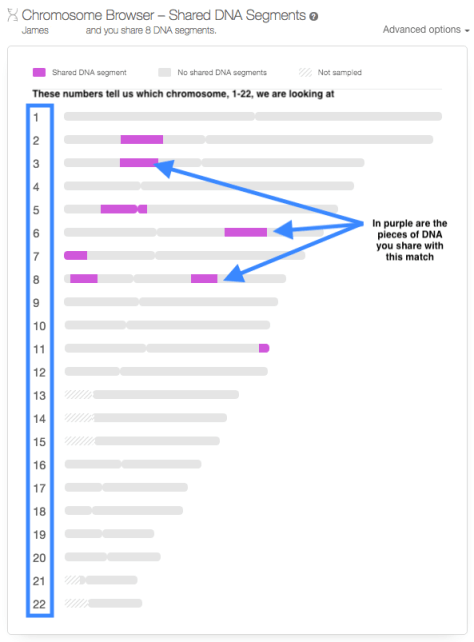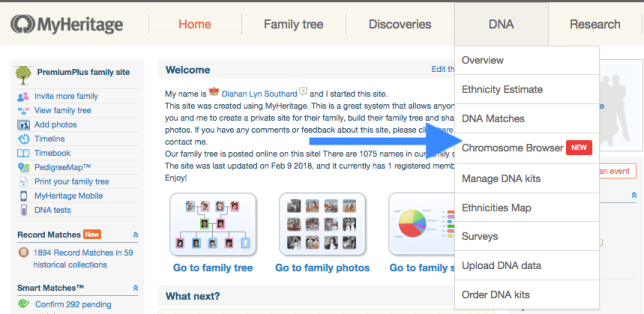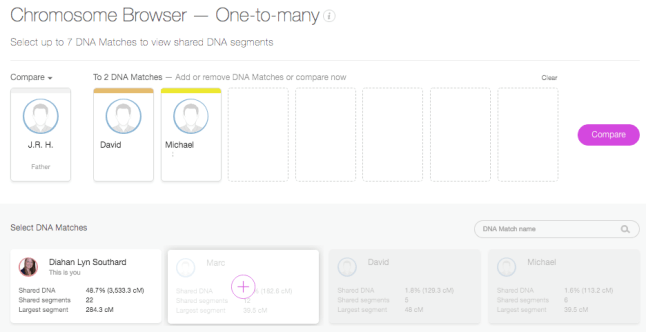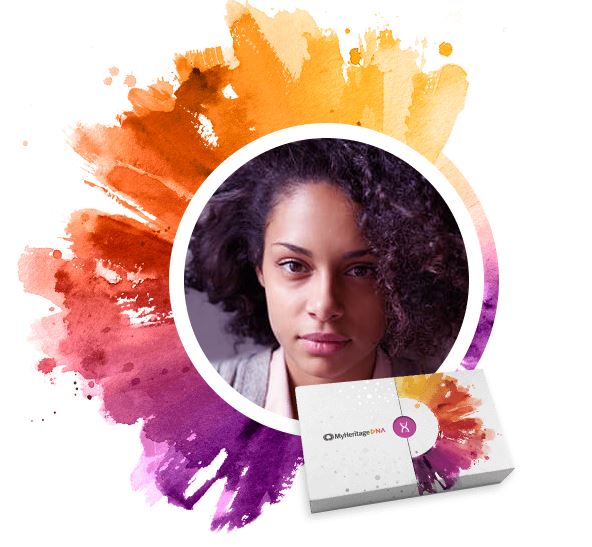by Lisa Cooke | Jun 23, 2018 | 01 What's New, DNA
The recent identification of the Golden State Killer through a DNA database for genealogy is just one way your DNA may be used in unexpected ways. Lisa Louise Cooke shares 5 key principles to keep in mind when considering your online DNA presence.
Golden State killer case and others prompts important question
Recently, Paula in Canada emailed me about the Golden State Killer case, which I talked about in a special episode of the Genealogy Gems Podcast earlier this month. For those who haven’t heard, a serial criminal from decades ago, known popularly as the Golden State Killer, was recently identified in part after investigators submitted DNA evidence left at the scene to a genetic genealogy database. Paula asked how that case—and specifically the investigators’ use of a genealogy DNA database for a non-genealogy purpose—affects the genealogy community.
In the face of all the enthusiasm over DNA testing, the downsides of DNA testing for genealogy isn’t a popular topic. However, the lid is off of pandoras box when it comes to DNA and there’s no putting it back on. Following the success of the Golden State Killer case, DNA evidence from over 100 crime scenes has recently been uploaded to GEDmatch (a website that provides free DNA and genealogical analysis tools for amateur and professional researchers and genealogists.), under the guidance of a new company (Parabon NanoLabs) that helps criminal investigators use genetic genealogy methods to identify genetic samples. Since DNA is here to stay, let’s talk about the varieties of ways that genealogical DNA testing results are being used may affect the genealogy community and the future of genetic genealogy.
DNA privacy for genealogists
In Genealogy Gems podcast episode #217 and here in this companion article, I share my own personal opinions. I invite you to listen to that episode and do your own homework before making your own decisions. Here, I summarize 5 principles to consider when it comes to sharing your DNA online:
1. Your data = dollars.
If you’re a Genealogy Gems Premium eLearning member and you’ve watched the Premium video Take Control of Your Family Tree, then you know your DNA data is already being shared within and beyond the genetic genealogy world. AncestryDNA and 23andMe have both discovered a lucrative market for the DNA data that their customers have paid them to process: the pharmaceutical industry. Read the Wired.com article on one partnership Ancestry has with the Google-owned biotech company called Calico. I’m not saying that this is bad or good. But it is happening. In the end we are each responsible for doing our own homework and making an informed and conscious decision about whether and how to share our DNA.
2. Look in the mirror: How are YOU using DNA databases?
Thousands of genealogists are already using genetic genealogy databases for purposes beyond privately building their family trees. Often, they want to connect with relatives they don’t know or with whom they aren’t in touch, and DNA becomes the “cousin bait.” For example:
- Adopted children and birth parents trying to find each other
- Locating estranged family members
- Orphans trying to find long lost siblings and relatives
Individuals and agencies other than genealogists also use DNA databases to identify unknown human remains, such as John or Jane Doe cases and prisoners of war. All of these uses of DNA may be well within the parameters of how a genealogist would expect to see their samples used. But all of these uses can lead to tremendous consequences in the lives of those whose DNA is involved, not all of those consequences intended or positive.
3. Hang on to your restaurant napkin!
On a daily basis, in public places, we discard items that have our DNA on them. Many folks are concerned that the police may not be the only ones interested in picking them up. That’s very possible. In fact, waiters and waitresses pick up some of the best DNA samples on a daily basis: anything with saliva on it.
Why would anyone want your DNA? Well, we’ve all seen cases of accident victims being under surveillance to determine if they really are injured. DNA could reveal health issues of those seeking large insurance policies. Of course, it takes a bit of doing because the genealogy testing companies want you to submit the sample on the swab of their kit. In the podcast episode, I shared with you from my personal experience that it’s possible to work around that requirement.
We’re in the early wild west days of DNA. Who in the future might be incentivised to obtain your DNA?
4. We’re not the only ones interested in our DNA.
Those who may potentially be interested in your DNA go beyond even genealogists, crime fighters, and those who identify bodies. The list includes insurance companies, employers, governments, educators, and many more. A news article at news.com.au states that “In Australia, life insurers are allowed to ask if an applicant is considering having genetic testing, and can then use the results to determine their coverage — a decision not everybody thinks is fair.” It goes on to say that “in China, by comparison, authorities have reportedly collected DNA samples from millions of residents for the purpose of surveillance.”
5. No one is a genetic island.
Be aware that when you test, you are also making a decision on behalf of your parents, siblings, children, grandchildren, and future descendants. Your DNA (and accompanying tree data) could be used to identify them in the future in ways that help or harm them. Regardless of good intentions or stated ethics codes in the genealogy community, it isn’t possible to write and get the express permission of everyone who could be affected by you having your DNA tested. The water isn’t always crystal clear when it comes to DNA testing.
Resources
If you’ve already made the decision and have tested your DNA for genealogy, or you plan to, here are resources to help you navigate the process with greater awareness and success:
by Lisa Cooke | May 9, 2018 | 01 What's New, Genealogy Gems Podcast
The Genealogy Gems Podcast
Episode #217
with Lisa Louise Cooke
In this special episode, host and producer Lisa Louise Cooke takes a look at the Golden State killer, one of the most notorious crime sprees in recent memory. She’ll talk about the role that DNA testing played in an ultimate arrest, and the impact that these events are having on genealogists and the use of DNA in genealogy.
The Golden State Killer
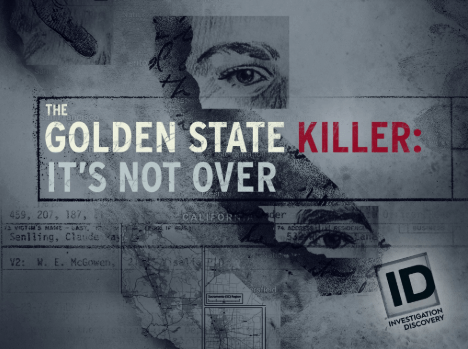
“Golden State Killer: It’s Not Over” docuseries. (As an Amazon Associate, Genealogy Gems earns from qualifying purchases)
“The Golden State Killer,” 48 Hours episode on CBSNews.com (44-minute episode)
Between 1974 and 1986, activities attributed to the Golden State Killer include at least 12 murders, more than 50 rapes, and over 100 burglaries in California from 1974 through 1986.
The criminal’s methods led some investigators to believe that these differently-labeled criminals were very likely one in the same.
In 2001, DNA definitively linked several rapes in Contra Costa County believed to have been part of the East Area Rapist series, a series of murders in Southern California.
In 2011, DNA evidence proved that the Domingo?Sanchez murders were committed by the same man, known as the Golden State Killer.
BONUS CONTENT for Genealogy Gems App Users

If you’re listening through the Genealogy Gems app, don’t forget to check out your bonus content for this episode! The Genealogy Gems app is FREE in Google Play and is only $2.99 for Windows, iPhone and iPad users

MyHeritage.com is the place to make connections with relatives overseas, particularly with those who may still live in your ancestral homeland. Click here to see what MyHeritage can do for you: it’s free to get started.
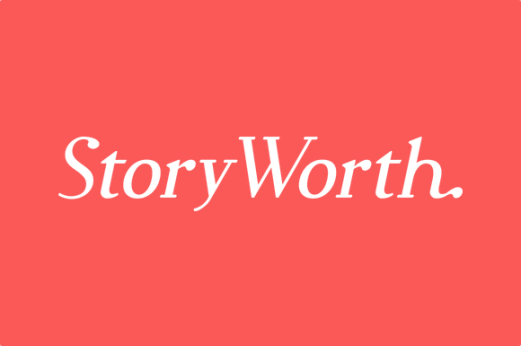
StoryWorth makes it easy and fun for Mom to share stories with loved ones every week. At the end of the year, she’ll get them all bound in a beautiful hardcover book. Strengthen your bond as you get to know her in a whole new way! Go to http://www.storyworth.com/lisa for $20 off when you subscribe. Give a gift for Mother’s Day that is actually a gift for you, too!
Help solve DNA mysteries with these resources:
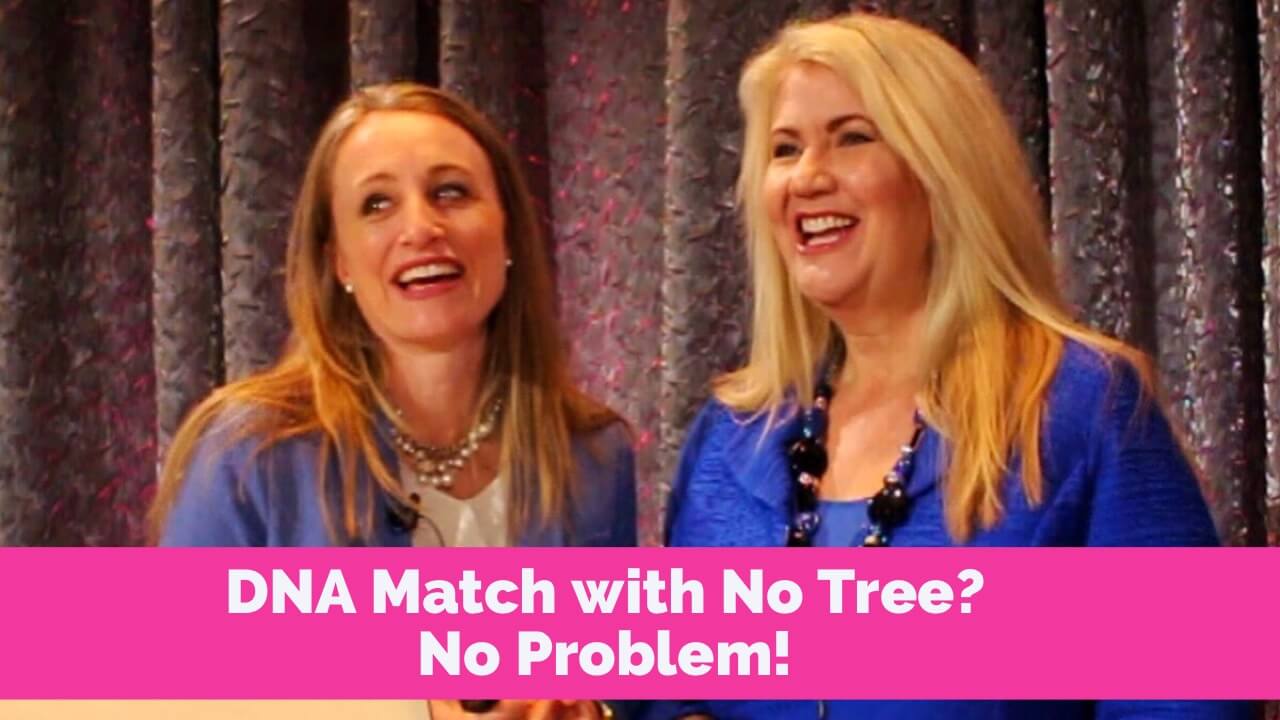
Caution: In this episode, Lisa shares her personal opinions on the use of technology for crime fighting and the implications for DNA testing for genealogy. She encourages everyone to do their own homework and make informed decisions in line with their own values, opinions, and objectives.
Reality check: “The only way to ensure privacy is to never put anything of any kind online. Just like the only way to ensure you will never be in a car accident is to never, under any circumstances, get in a car.”
Read more about DNA testing company partnerships:
“Another personal genetics company is sharing client data,” Wired.com article by Katie M. Palmer, published 21 July 2015, on Ancestry.com’s partnership with Google-owned Calico biotech firm
“23andMe teams with Big Pharma to find treatments hidden in our DNA,” Wired.com article by Davey Alba, published 12 January 2015, on 23andMe’s partnership with Pfizer
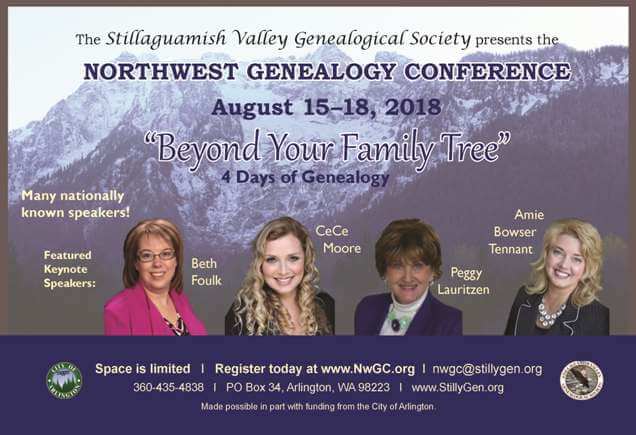
Several ways we already use DNA matches:
- Genealogists use to build family trees
- Adoptees use to identify birth parents (or other biological relatives)
- Orphans trying to find long lost siblings and relatives
- Anyone looking for estranged family members
- Researchers identifying unidentified human remains, including POW/MIAs

Lisa Louise Cooke uses and recommends RootsMagic family history software. From within RootsMagic, you can search historical records on FamilySearch.org, Findmypast.com and MyHeritage.com.
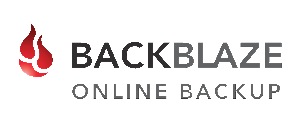
Keep your family history research, photos, tree software files, videos and all other computer files safely backed up with Backblaze, the official cloud-based computer backup system for Lisa Louise Cooke’s Genealogy Gems. Learn more at https://www.backblaze.com/Lisa.
More information on DNA testing
How to download, transfer and upload your DNA with various testing companies by Diahan Southard
“How DIY genetic testing kits can be used against you,” News.com.au article by Gavin Fernando, published 3 May, 2018.

“When you test, you are also making a decision on behalf of your parents, siblings, children, grandchildren, and future descendants. Regardless of good intentions or stated ethics codes in the genealogy community, it isn’t possible to write and get the express permission of everyone who could be affected by you having your DNA tested.” ?Lisa Louise Cooke
Genealogy Gems can help you whether you test or not!
Keep listening to the Genealogy Gems Podcast for genealogy news, tips, inspiration and strategies (DNA is one of many tools talked about!)
Read free online articles at GenealogyGems.com. Click here to read dozens of articles on DNA.
Click here to view our complete line of DNA quick reference guides
Become a Genealogy Gems Premium eLearning Member, to get access to all the Premium video classes and the entire Premium Podcast: new monthly episodes plus the full archive of more than 150 previous ones.

PRODUCTION CREDITS
Lisa Louise Cooke, Host and Producer
Sunny Morton, Editor
Diahan Southard, DNA Content Contributor
Hannah Fullerton, Audio Editor
Lacey Cooke, Service Manager
Disclosure: This document contains affiliate links and Genealogy Gems will be compensated if you make a purchase after clicking on these links (at no additional cost to you). Thank you for supporting this free podcast and blog!
Check out this new episode!
by Diahan Southard | May 7, 2018 | 01 What's New, DNA |
A second opinion on your DNA test can help your genetic genealogy research in several ways. Your DNA Guide Diahan Southard proposes several scenarios that can help you look at your DNA test results in a new way. (Retesting may not even be necessary!)
Second Opinions on a DNA Test
“Get a second opinion.” That’s the advice we hear about our healthcare and the tactic my kids use when one parent says, “No.” But it should also be a strategy employed in our genetic genealogy pursuits.
Second opinions come in multiple varieties. You can move your DNA test results between companies. For example, while you can’t transfer into 23andMe or AncestryDNA, you can transfer your autosomal DNA results out of all companies and into Family Tree DNA, MyHeritage, and now Living DNA. (Click here for step-by-step instructions.) This transfer gives you a second opinion on your ethnicity results. We have talked about how those numbers can differ between companies and your “real” values may be somewhere in between.
However, you may also want to get a second opinion for your match page. Because of different analysis methods at the various testing companies, the same match might be reported to share a different amount of DNA. Those differences should be slight, and shouldn’t influence your relationship. Remember that the amount of DNA you share is measured in centimorgans (cMs), and generally speaking, the more cMs you share, the closer your relationship. (Click here to read more about centimorgans.)
That total amount of shared DNA can help us with another kind of second opinion. Because DNA inheritance is a random event, the amount of DNA two cousins receive from their shared 2X great grandparents can be very different. For example, according to data collected form the Shared cM Project (SCP) individuals who are documented third cousins vary widely in the amount of DNA they share. They may share as much as 253 cM but as little as 6 cM!
A Second Opinion Case Study
Let’s look at an example to see how a second opinion might be helpful in solving a genealogical mystery. In the image we see:
- you
- your sister
- your matches Isaac and Allen
Your match Allen believes that his ancestor Mark is actually the eldest child of Jacob and Jillian. If this is the case, Allen would be your third cousin.
However, when you look at the total amount of shared DNA, you and Allen share only 48 cMs, which is below the 74 cM average for third cousins and fits better in the range of fourth cousins. Your sister is sharing slightly more, at 54 cM. So along with Allen, you begin forming a hypothesis that his ancestor Mark is actually a nephew to Jacob and Jillian, making your common ancestor either Jacob or Jillian’s parents.
However, you then get a new match in Isaac, who is a known third cousin, also a descendant of Jacob and Jillian, and you are sharing 86 cM. You then ask Isaac to tell you how many cMs he is sharing with Allen and he reports a whopping 92 cM! If we find the average amount of shared cMs between you, your sister, and Isaac and Allen, we get 65 cMs, which is much closer to the 74 cMs we would expect if you were truly 3rd cousins. In this case we could say that the genetics supports a connection between these individuals at Jacob and Jillian.
While you could still be 4th cousins instead of 3rd, having a second opinion in your sister, and then a third opinion in your known cousin can be very helpful in determining your actual relationship to Allen. Of course, the only way to know for sure if Mark is the child of Jacob and Jillian will be to find the genealogical paper trail. But in the meantime, you can continue to look for more descendants of this couple who have been DNA tested, and get a more complete picture of your genetic relationship.
More Help with Your DNA Results
About the Author: Diahan Southard has worked with the Sorenson Molecular Genealogy Foundation, and has been in the genetic genealogy industry since it has been an industry. She holds a degree in Microbiology and her creative side helps her break the science up into delicious bite-sized pieces for you. She’s the author of a full series of DNA guides for genealogists.
Disclosure: This article contains affiliate links and Genealogy Gems will be compensated if you make a purchase after clicking on these links (at no additional cost to you). Thank you for supporting Genealogy Gems!
by Lisa Cooke | Mar 26, 2018 | 01 What's New, DNA |
Genealogy Gems Premium membership, a leader in online genealogy education, is now Genealogy Gems Premium eLearning! We’ve added more than 20 DNA video tutorials–all for one low annual price. And now make the most of 50+ Premium Videos and 150+ Premium Podcast episodes with the new Premium eLearning Companion Guide book. It’s the ultimate ongoing genealogy education! Big announcements in the genealogy world tend to happen at RootsTech, and this year Genealogy Gems had our own big news: we’ve beefed up our Premium Membership significantly!
GENEALOGY GEMS PREMIUM MEMBERSHIP IS NOW PREMIUM ELEARNING
Your DNA Guide Diahan Southard has joined forces with Genealogy Gems and added 21 DNA tutorial videos to our Premium Membership, which we are now calling Premium eLearning. DNA is a gateway to genealogical discoveries and an integral part of the best family history research plans. So we’re thrilled to offer you hours of her expert guidance and instruction as part of your annual subscription.
Diahan’s comprehensive DNA tutorial series is organized into four categories: start at the beginning or start with the next skill you want to master. You’ll find both full-length classes and quick sessions on the most popular and genealogically useful DNA research strategies, tests and tools:
DNA (General):
- Getting Started with DNA Testing
- Organizing your DNA Matches
- DNA: The Glue that Holds Families Together
Autosomal DNA:
- An Outsider’s Look Inside AncestryDNA
- 3 Tips to Make the Most of your Autosomal DNA
- 5 Tips for Understanding DNA Results
- Gedmatch: Using the One-to-Many Tool
- Ethnicity Tools at AncestryDNA
- Share your Results at AncestryDNA
- 23andMe Match Page
- Ancestry Composition at 23andMe
- Shared Matches Tool at Gedmatch
- Family Tree DNA: FamilyFinder Match Page Introduction
- Shaky Leaf Hints at AncestryDNA
- New Ancestor Discoveries at AncestryDNA
Mitochondrial DNA
- Introduction to mtDNA
- Getting to Know Your mtDNA Match Page
YDNA:
- What is YDNA? Basic principles of yDNA testing
- Navigating Family Tree DNA for YDNA
These video classes have been added to the long list of current Premium videos by Lisa Louise Cooke and other experts on methodology, genealogy records, Google searching, maps and geography, organizing your genealogy, mobile genealogy, Evernote, using the cloud, storytelling, and technology. Remember, Premium eLearning members also still enjoy exclusive access to the monthly Genealogy Gems Premium Podcast and more than 150 archived episodes online. These full-length audio shows take you deeper into the stories, strategies, skills, and inspiration you need to keep going in your quest to know your family history.
PREMIUM ELEARNING COMPANION GUIDE BOOK
Here’s more good news. We have published a brand new Premium eLearning Companion Guide book! This 300+ page workbook has the show notes from the first 100 episodes of the Premium Podcast, which are indexed by topic AND completely updated for 2018 (things have changed a lot over the years!). Plus it has dozens of handouts from our Premium Videos, including the new DNA videos just added. The workbook is spiral bound to lay flat for writing, with space for taking notes throughout. Get the most out of your learning and have all the information you need at-a-glance on the printed page. We launched this brand new book at RootsTech 2018. Now it’s available to all Genealogy Gems Premium eLearning members for just $29.95 (and we’ll even ship it to you for free).
The cost of a full year of Genealogy Gems Premium eLearning is about the same as one webinar from some companies—and MUCH less than attending a genealogy conference in person, where you can only attend a few classes one time. Why not invest in a year-long ongoing genealogy education for one low fee?
Save 20% off a 1 year Premium eLearning membership with coupon code: SPRING
Offer Valid: 3/22/18 – 4/1/18 at 11:59 CST. Applicable to membership only. 1 use per person, valid on both new and renewal.
by Diahan Southard | Mar 24, 2018 | 01 What's New, DNA, MyHeritage
The new MyHeritage DNA chromosome browser offers two different kinds of browsing–and a triangulation tool. Here’s what these tools are and how to work with them.
Just last year, if you had asked me if I thought anyone could catch AncestryDNA in their race to own the genetic genealogy market, I would have been skeptical. However, it is clear that MyHeritage intends to be a contender, and they are quickly ramping up their efforts to gain market share–and your confidence.
MyHeritage began 2018 by making a much needed change to their DNA matching algorithm, which had some errors in it. They were able to adjust it, and now it is humming right along, telling our second cousins from our fourth. Another development, launched in February, is the addition of a Chromosome Browser.
The new MyHeritage DNA Chromsome Browser
Much like you would browse the library shelves for the perfect book, or browse through the sale rack for a great bargain, you can use a Chromosome Browser to look through your chromosomes for the pieces of DNA you share with your genetic cousins. Chromosome Browsers can be everything from a fun way to review your genetic genealogy results, to a tool to assist in determining how you are related to someone else. Let’s go over three tips to help you make use of this new tool:
Navigating to the Chromosome Browser
There are actually two different kinds of Chromosome Browsers in MyHeritage: one to view only the segments you share with one match (the One-to-One Browser), and a browser where you can see the segments shared with multiple matches (the One-to-Many Browser).
To get to the One-to-One Browser, head over to your match page and find a cousin for whom you would like to see your shared DNA segments. Click on Review DNA Match, then scroll down past all the individual match information, past the Shared Matches and Shared Ethnicities until you see the Chromosome Browser.
Using the One-to-Many Chromosome Browser
To find the One-to-Many Chromosome Browser, you can use the main DNA navigation menu at the top of the MyHeritage homepage. Click on DNA, then on Chromosome Browser, as shown below.
In the One-to-Many Chromosome Browser you can compare yourself, or any account you manage, to anyone else in your match page. To choose a match to evaluate, just click on their name and they will be added to the queue at the top:
Clicking on Compare will then allow you to see the actual segments you share with each person:
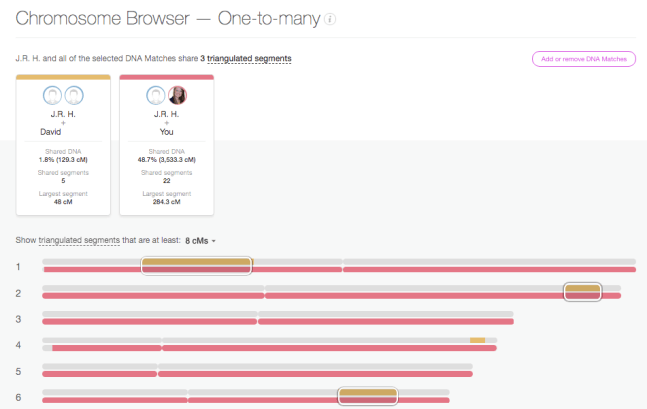
In this One-To-Many view, each individual match gets their own line for each chromosome. Since we have added 7 people to the Chromosome Browser, there are seven lines next to each chromosome number. Each match not only gets their own line, but also their own color. So you can easily match up the lines on the chromosome to the match that shares that piece of DNA with you. For the majority of people the majority of the time, these Chromosome Browsers are just another fun way to visualize the connection you have with your DNA match. In the end, it doesn’t matter where you are sharing on the chromosome, just how much DNA you are sharing. You can obtain that information from your main match page and never look at this Chromosome Browser image, and still make fantastic genetic genealogy discoveries.
The Triangulation Tool
Another feature of the Chromosome Browser on MyHeritage is the Triangulation tool. To understand how this works, you first need to understand that you actually have two copies of each chromosome. Two copies of chromosome 1, two copies of chromosome 2, etc. One copy is from mom, and the other from dad. However, in the Chromosome Browser image, you see only one line for yourself (in grey). Therefore, when you see someone matching you on chromosome 14, for example, you don’t know if that person is matching you on the chromosome 14 you got from your mom, or the chromosome 14 you got from your dad.
Likewise, if you see two people whose shared piece with you looks to be in the same location on the same chromosome, you can’t tell if they are both sharing on the same copy of that chromosome, or if one match is related to your dad’s family, and the other match is related to your mom’s family. However, this is what the Triangulation tool does for us. It tells us if two (or three or four, etc.) matches are sharing on the same copy of the same chromosome. Be careful when you use this tool, though. Many erroneously assume that when they see a segment shared between multiple people, that indicates the presence of a recent common ancestor for all of those people. However, that is not always the case.
Start Using the MyHeritage DNA Chromsome Browser
Ready to start exploring what the MyHeritage DNA chromosome browser may tell you about your family history? You have two options. Click here to upload your autosomal DNA test results from another company to MyHeritage for FREE. Or click here to order a MyHeritage DNA test kit. Either way, you can start using all the great tools at MyHeritage DNA!
Your DNA Guide
Diahan is Your DNA Guide at Genealogy Gems! She has worked with the Sorenson Molecular Genealogy Foundation, and has been in the genetic genealogy industry since it has been an industry. She holds a degree in Microbiology and her creative side helps her break the science up into delicious bite-sized pieces for you. She’s the author of a full series of DNA guides for genealogists.
Disclosure: This article contains affiliate links and Genealogy Gems will be compensated if you make a purchase after clicking on these links (at no additional cost to you). Thank you for supporting Genealogy Gems!


